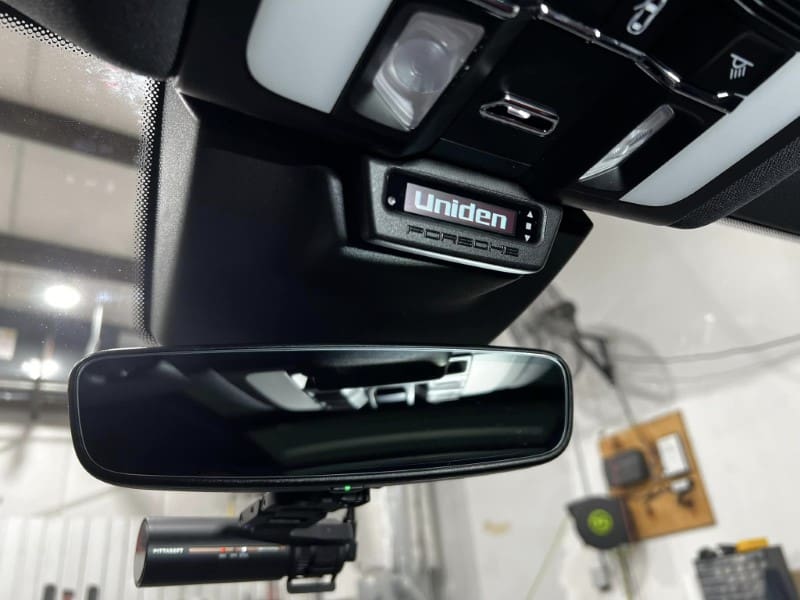Over the years, there have been several car audio design fads. If you go back far enough, using tweed and cloth on trim panels, subwoofer enclosures and amp racks was all the rage. We had a period where painted fiberglass blobs and volcanoes were cool. There was an acrylic phase where amps and subs were mounted on back-lit clear panels. We are just exiting the stage of layered panels with a half-dozen materials and RGB LED lighting. I forgot the laser-cut speaker and tweeter grilles with hexes and lines that block the speaker output. The current silly fad is exposed wiring that looks like it should be under the hood, not in the vehicle. A stained raw wood enclosure in the middle of your trunk doesn’t blend with anything.
It’s important to emphasize that none of these styles seamlessly blends with the aesthetics of modern vehicles. While these installations may appear cool or funky, they often stand out rather than blend in with the vehicle’s design. This is a crucial consideration when designing a car audio system. What happened to the home audio equivalent of the Wife Acceptance Factor when buying new speakers or a subwoofer?
Car Audio System Design Philosophies
It’s worth noting that nothing ages a car audio installation like being able to see the equipment. This insight comes from a friend who has overseen interior and audio system design for a Toronto shop specializing in custom vehicles. If your installer builds a system that puts all the products on display, onlookers will know it’s “old” when new versions of those products are released. This underlines the importance of staying updated with the latest trends in car audio system design.
This viewpoint is not just a personal opinion, but a shared sentiment among industry professionals. Renowned automotive designer Chip Foose, for instance, advocates for a design where the gear is heard but hidden. Instead of a trim piece in front of a subwoofer, a panel with a cloth grille can effectively conceal the products while allowing them to perform optimally.
Without giving away any significant trade secrets, another tip is to choose one or two materials that match what is already in the car, truck or SUV. If the dash and doors have vinyl with chrome trim and perforated vinyl inserts, then those can be mimicked in the audio equipment installation. Styling cues from the doors and dash are great ways to get ideas for trim around speakers or a subwoofer enclosure. If the dash styling is angular, the audio equipment trim should be too. If the dash is smooth and organic, the new fabrication should also be.
Examples of Well-Integrated Car Audio Systems
Now, for a quick show-and-tell of audio system designs that integrate cosmetically into the vehicle, Let’s start with something as simple as selecting a new multimedia receiver for your car or truck. A few decades ago, many radio manufacturers focused on adding bright blue LED lighting and wild graphics. Now, companies that focus on intuitive and straightforward interfaces are much more common.











Radar Detector Custom Installation
While audio upgrades are the focus of this article, custom-installed radar detectors are another item that deserves proper integration with your vehicle. Sticking controls on the dash or center console might work from a functional standpoint, but they stand out like a sore thumb. Many mobile enhancement retailers specialize in integrating these items into the vehicle’s interior to make it look like they came from the factory. Further, laser transceivers can be concealed behind acrylic panels so the car or truck’s exterior doesn’t look cluttered.




Plan for Perfection
If you have any custom work done on your car, truck, or SUV, work with the technician or installer to ensure that they design and fabricate something that looks like it is part of the vehicle. The results should not be plastered with stickers from the shop that did the work. Instead, they should bear the brand of your vehicle or perhaps the model. Start your vehicle upgrade adventure by visiting a local specialty mobile enhancement retailer.

